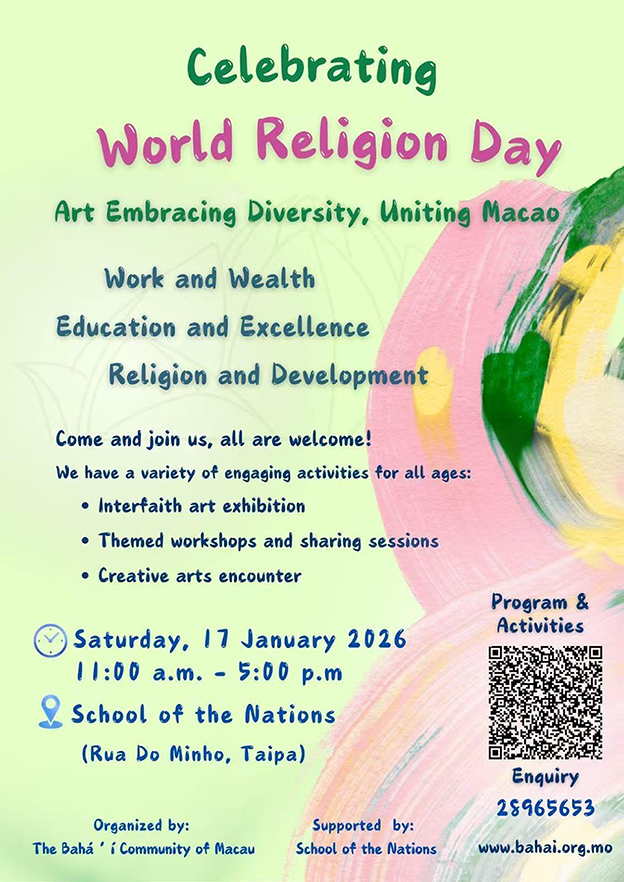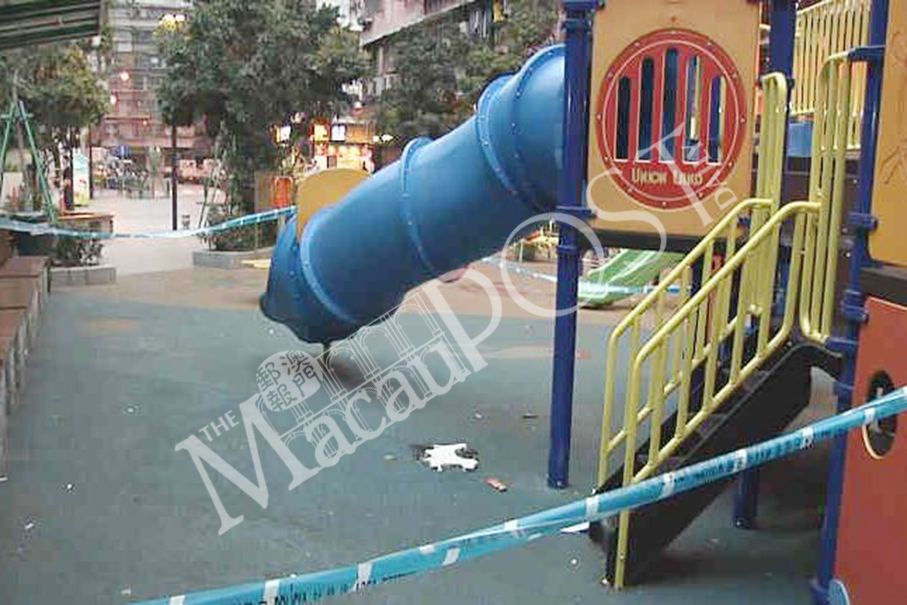Local architect André Lui Chak Keong (呂澤強) gave a talk at UNESCO Centre of Macau in Nape on Saturday about Macau’s urban development over the past five centuries, with references from historical maps.
The talk was part of a series entitled “Memory Salon” (記憶沙龍), co-hosted by the Macau Foundation (FM) and Macau Memory (澳門記憶), which is being held until November 28.
According to Lui’s Facebook page, local-born, he is a registered architect and artist living in Macau. He graduated from the Faculty of Architecture of Universidade Técnica in Lisbon in 1999. He worked as an architect for the Cultural Affairs Bureau (IC) between 2000 and 2003, where he was mainly engaged in conservation and restoration projects as well as the UNESCO World Heritage application process of the Historic Centre of Macau.
Between 2003 and 2005, Lui obtained his Post Master’s degree at Centre des Hautes Études de Chaillot in Paris, a specialist study on cultural heritage. He then obtained the professional qualification of Architecte du Patrimione in France.
Lui set up his own design studio in 2006 - CITA Planning & Design Ltd. in Macau. He is a member of the International Council on Monuments and Sites (ICOMOS) in China.
Lui said in his talk that maps that included Macau were drawn and further refined by Chinese and foreigners such as the Portuguese and Dutch. Lui pointed out that some maps could be dated back to 500 years ago, of which the precise drawing and data of Macau was unclear. However, as technology and techniques in drawing maps have improved, more details in maps such as local settlement distribution and other information became clearer and more accurate.
With the references of maps, Lui underlined that people began to settle in the modern central district and in Nam Van, and further expanded their settlements in the north of the peninsula later on. He added that Macau’s development in expansion had increased the city’s mobility, and one of the solutions was land reclamation.
Lui pointed out that observing maps drawn and sketched by foreigners enabled viewers to understand how others got to know about Macau, adding that the drawing techniques of foreigners and Chinese were starkly different.
When asked by one of the members of the audience whether Macau history should become a compulsory subject in local schools, Lui responded that talks have been held frequently at local schools so that students could learn more about Macau’s past. However, he pointed out that students should not limit their perspectives to Macau’s history only. He said he believed that their vision should extend further to the Greater Bay Area (GBA), and the Belt and Road Initiative (BRI).
“Macau Memory” is a large-scale cultural conservation project carried out by the Macau Foundation. It collects and sorts out various historical and cultural materials scattered around Macau from ancient times to the present. The project aims to integrate, digitise the information, and preserve it, according to a statement from the Macau Memory website.
The establishment of an online interactive multimedia information archive aims to achieve the purpose of sharing collective memories by encouraging public participation, enlightening further research and exploring as well as promoting Macau’s image. The website consists of different types of historical and cultural information such as documents, maps, books, drawings, pictures, postcards, and music. The statement pointed out that the information allows people from different age groups to further explore local history.
For enquiries, call 8797 8500 or visit www.macaumemory.mo.
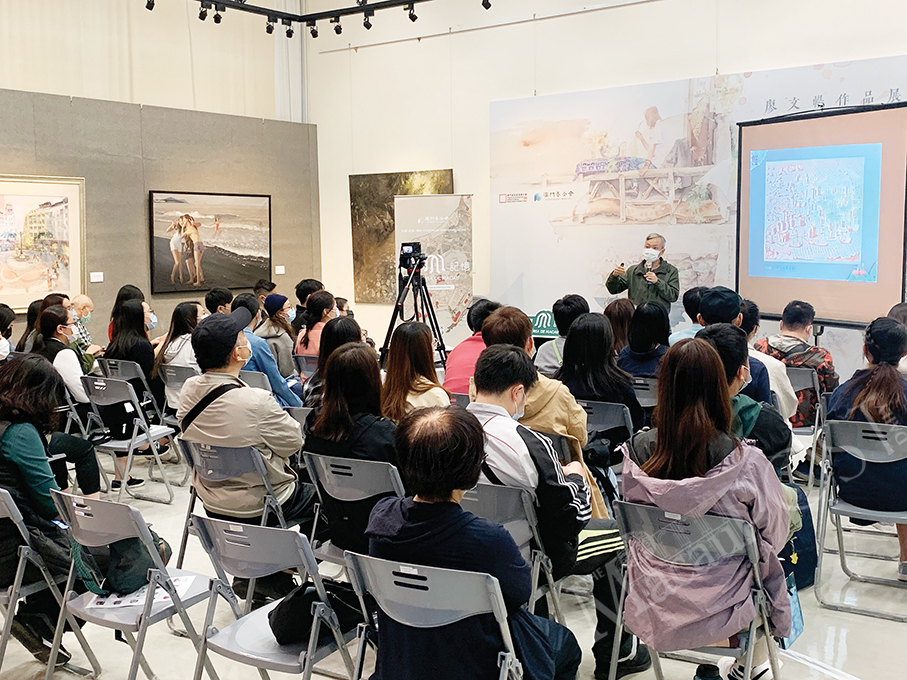
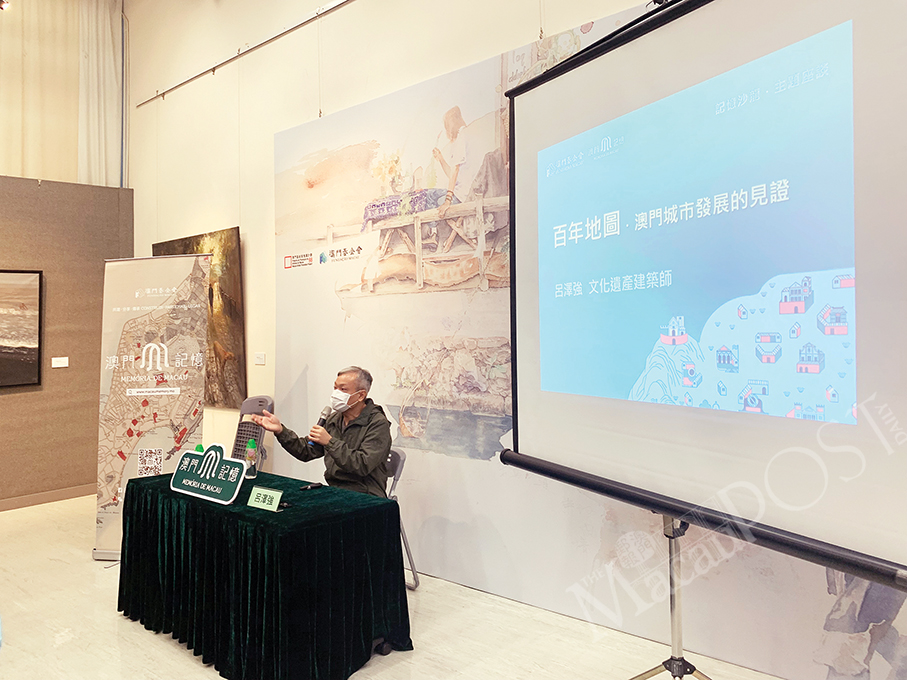

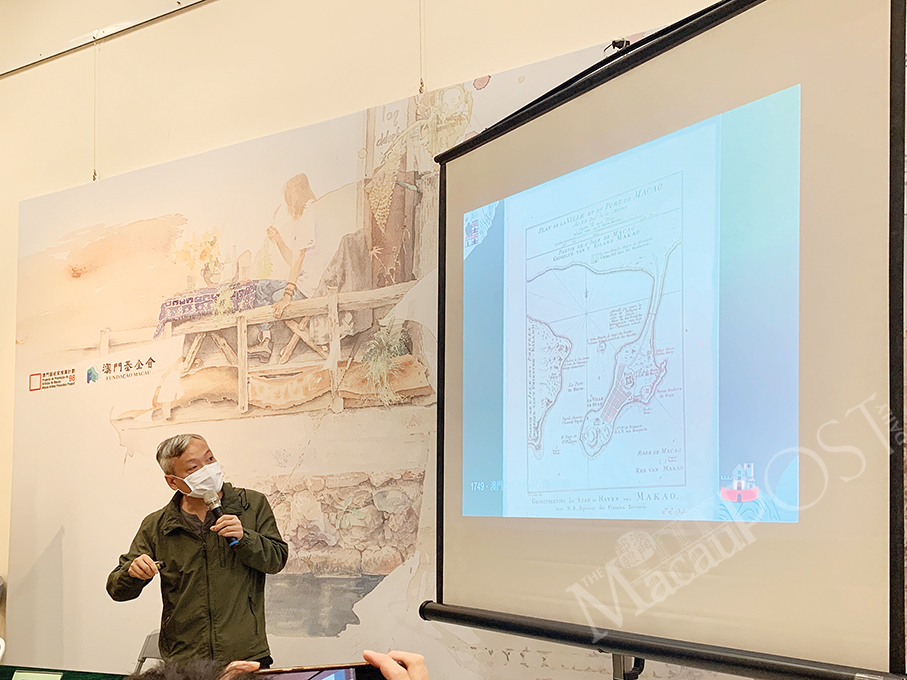
Photos: Camy Tam and Ula Cheang

